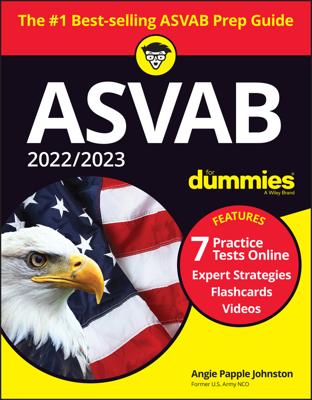Here are the usual steps to solving a problem using the scientific method:
- Observe some aspect of the universe.
- Ask a question about why this thing is happening.
- Develop a testable explanation (hypothesis) based on the theory.
- Make a prediction based on the hypothesis.
- Experiment and observe to test the prediction.
- Use the results of the experiment to create new hypotheses or predictions.
The terms law and theory mean different things to scientists than they do to the average person. Scientifically speaking, a law is a statement about something that happens: When you jump off a diving board, you’re going to travel in a downward direction. A scientific law doesn’t say why you fall toward the pool—only that you do fall toward the pool. Laws usually rely on a mathematical equation, and they’re always true. (In case you were wondering, the formula for gravity is
where F represents the force due to gravity between two masses, which are represented by m1 and m2, and G represents the gravitational constant.)
A theory is a detailed explanation of the phenomenon. It consists of one or more hypotheses that have been supported through repeated testing. Theories are widely accepted as true in the scientific community, but in order to hold that status, they must never have been proven wrong. If a theory doesn’t hold up, it’s disproven. Theories can also evolve based on new evidence, which doesn’t mean the original theory was wrong; it simply means it was incomplete.
Practice question
- What theory suggests the universe will come to an end when its ever-increasing rate of expansion causes all matter to fly apart?
A. The Big Rip
B. The Big Bang
C. The Big Crunch
D. The Big Easy
Answer and explanation
- The correct answer choice is A.
The Big Bang is a theory on the origin of the universe. The Big Rip is a theory regarding the end.

